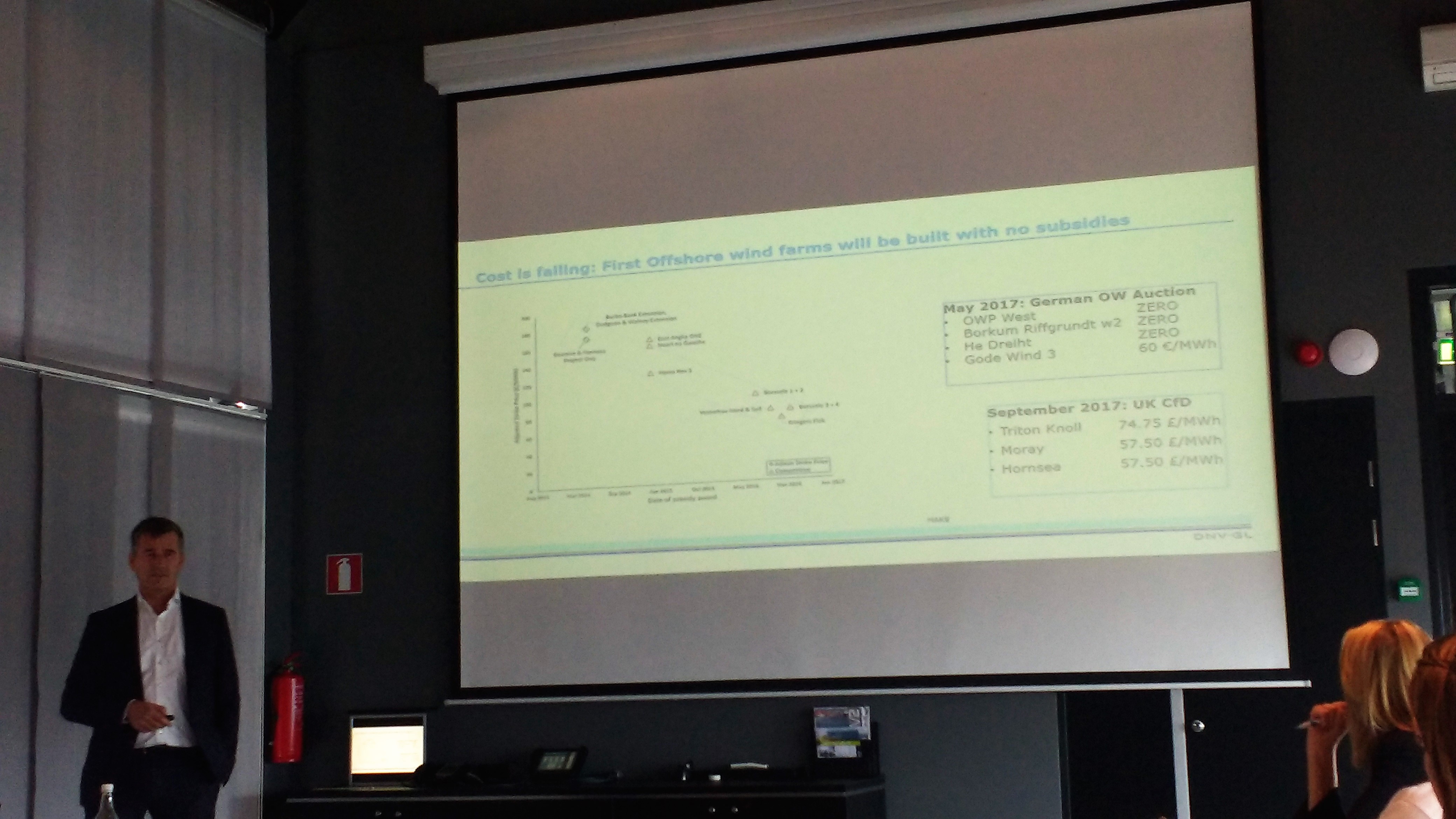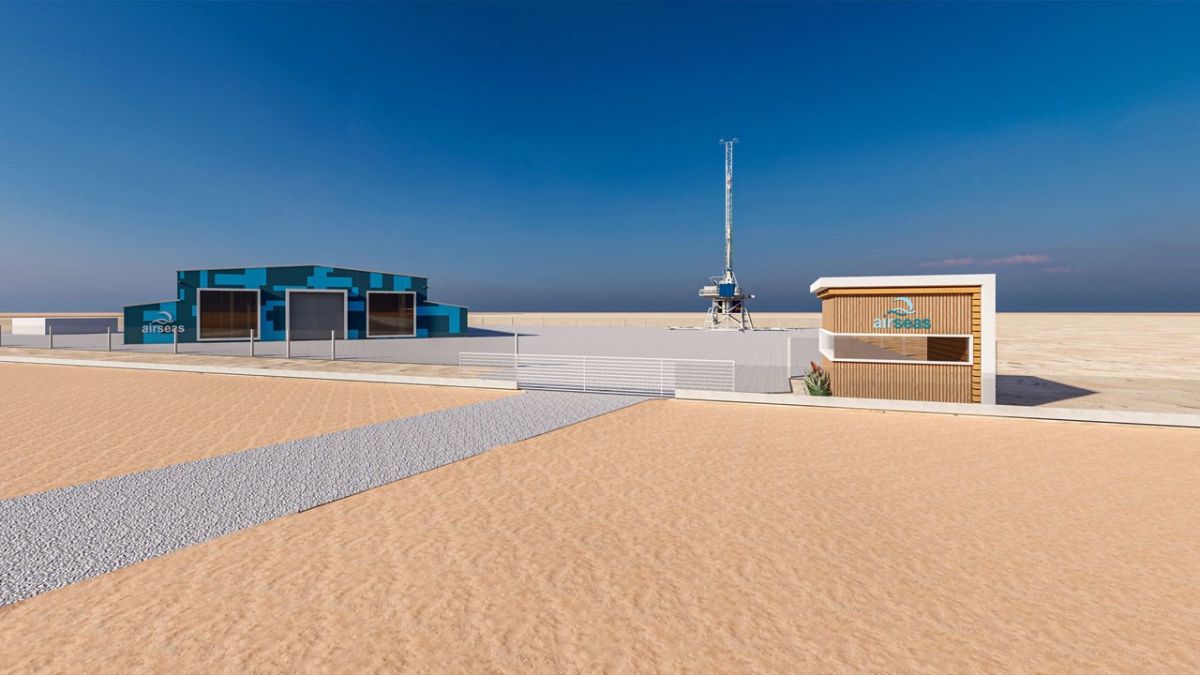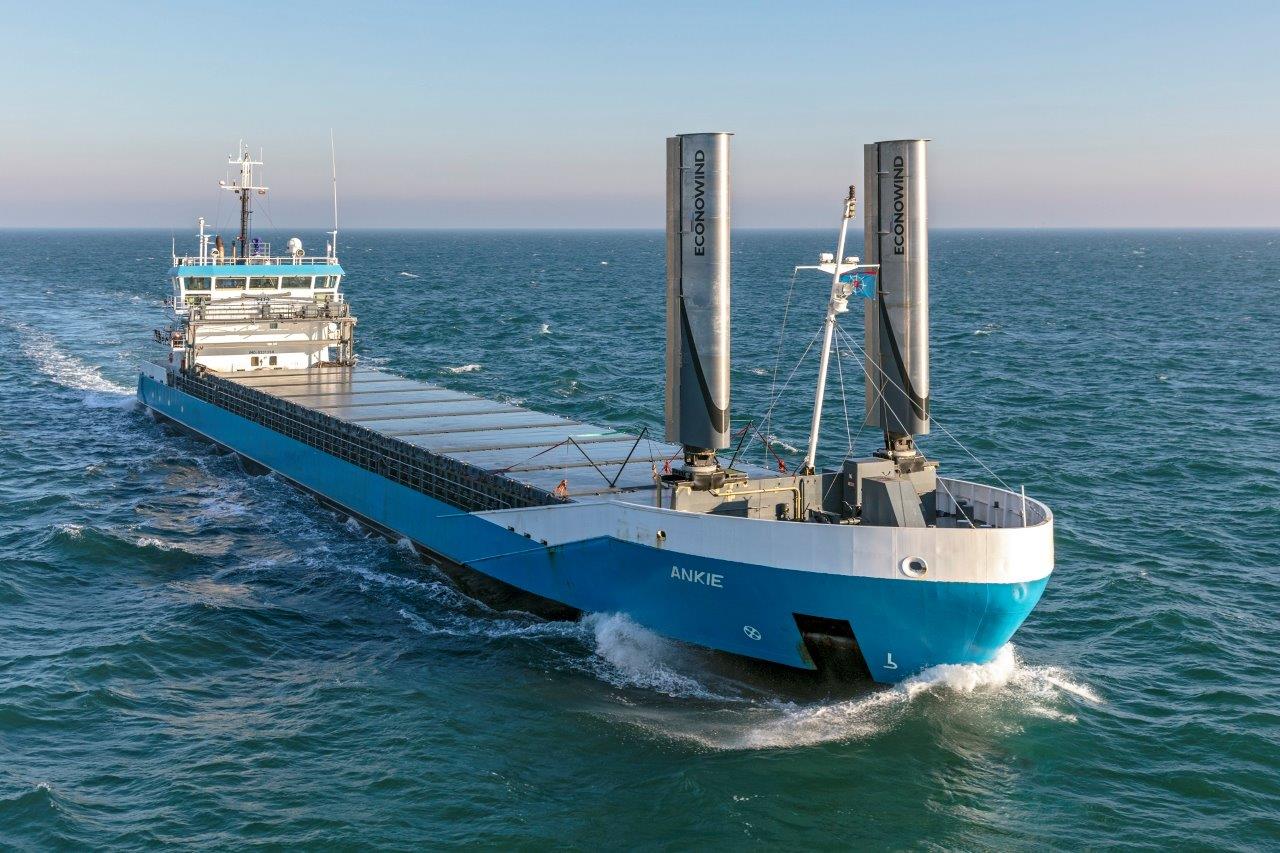Offshore wind is developing at rates more rapid than could have been imagined a few years ago, says Kim Mørk Executive Vice President, DNV GL Renewables Certification.
Offshore wind turbines of 8MW power are produced today, when back in the 1970s the notion of a 3MW wind turbine at sea was considered impossible.
DNV GL is starting to certify turbines of 10MW and more, with the expectation that by 2023 there will be offshore turbines with powers of 20MW. Not only is the demand on offshore supply vessels expected to increase, but the depth at which wind turbines can now be installed (60m and more) puts higher demand on its service ships.
The costs of producing these turbines has decreased over the past few years, enabling the development of bigger and more powerful wind producing turbines. This requires greater expertise and vessel capabilities to facilitate the construction of increasingly large turbines in harsh and turbulent sea conditions.
However, while the technical capability is there and bigger turbines can physically be built, there is a point at which it is not economically feasible anymore, says Mørk.
Offshore wind farms are much more complex to build than onshore farms because of the logistics and weather conditions faced at sea. Getting the equipment built and out to sea becomes less economically feasible once the turbine reaches a power above 20MW, according to DNV GL’s predictions.
A 20MW turbine will have two blades of around 120m each. Mørk says that despite the technical capabilities to do this, it reaches a point at which the power of the turbine is not economically feasible, whereas a turbine of 15MW is much better in economic terms.
Fathom-News
editor@fathom-mi.com

































